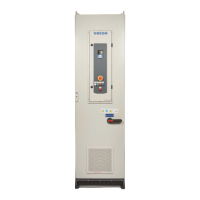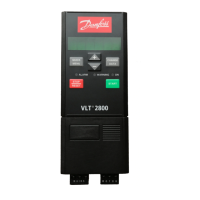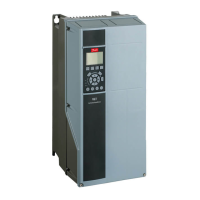SMS Limit Plus
SMS Limit Minus
t
Speed
0
e30bi398.10
Illustration 55: The Operation of the SMS Function
If a proximity sensor is used to monitor the speed of the motor, it can be necessary to set the limits to the same absolute value, for
example, 50 and -50. See chapter 3.6.2 Standard Speed Sensors and Combinations.
N O T I C E
Setting a limit to zero does not disable the monitoring.
6.3.3.3 The SMS Signals
It is possible that the Active and Reached signals that are mentioned in this chapter are not always available in all interfaces.
N O T I C E
The availability of the signals over safe fieldbus depends on the used fieldbus protocol. Refer to chapter Safe fieldbuses for more
information.
Table 38: The SMS Signals
Activation and deactivation of the signal
Activation:
SMS is requested and starts to execute.
Deactivation (manual acknowledgment):
Acknowledgment signal received and SMS is not requested.
Deactivation (automatic acknowledgment):
SMS request ends.
Deactivation (SMS violation situations):
Reset signal received after SMS had detected a violation and SMS has been acknowl-
edged (implicitly or explicitly).
The signal indicates if
the SMS function is
being executed.
Activation:
SMS is active and speed is within safe range.
Deactivation (manual acknowledgment):
SMS is acknowledged after being reached successfully.
Deactivation (automatic acknowledgment):
SMS was reached successfully and SMS request ends.
Deactivation (STO state):
STO is activated.
The signal indicates if
the SMS function has
been reached suc-
cessfully.
AQ319736045637en-000101 / DPD01798 | 97Danfoss A/S © 2021.06
Safety Functions
VACON® NXP Advanced Safety Options
Operating Guide

